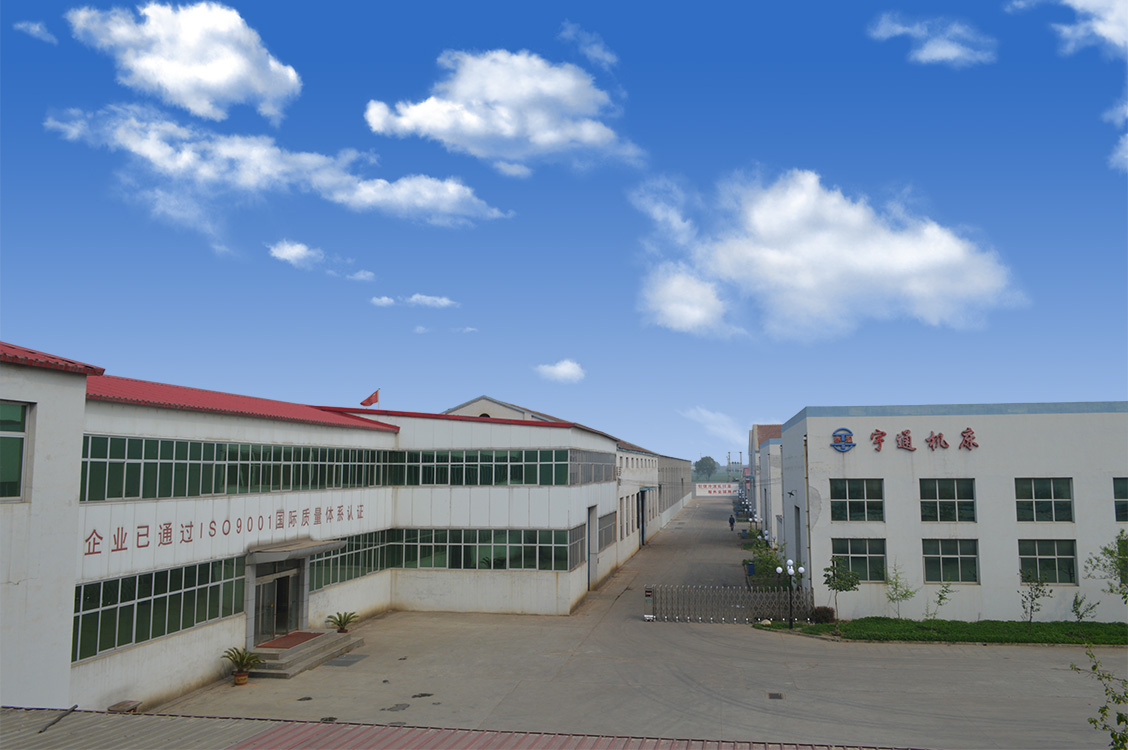
-
 Afrikaans
Afrikaans -
 Albanian
Albanian -
 Amharic
Amharic -
 Arabic
Arabic -
 Armenian
Armenian -
 Azerbaijani
Azerbaijani -
 Basque
Basque -
 Belarusian
Belarusian -
 Bengali
Bengali -
 Bosnian
Bosnian -
 Bulgarian
Bulgarian -
 Catalan
Catalan -
 Cebuano
Cebuano -
 Corsican
Corsican -
 Croatian
Croatian -
 Czech
Czech -
 Danish
Danish -
 Dutch
Dutch -
 English
English -
 Esperanto
Esperanto -
 Estonian
Estonian -
 Finnish
Finnish -
 French
French -
 Frisian
Frisian -
 Galician
Galician -
 Georgian
Georgian -
 German
German -
 Greek
Greek -
 Gujarati
Gujarati -
 Haitian Creole
Haitian Creole -
 hausa
hausa -
 hawaiian
hawaiian -
 Hebrew
Hebrew -
 Hindi
Hindi -
 Miao
Miao -
 Hungarian
Hungarian -
 Icelandic
Icelandic -
 igbo
igbo -
 Indonesian
Indonesian -
 irish
irish -
 Italian
Italian -
 Japanese
Japanese -
 Javanese
Javanese -
 Kannada
Kannada -
 kazakh
kazakh -
 Khmer
Khmer -
 Rwandese
Rwandese -
 Korean
Korean -
 Kurdish
Kurdish -
 Kyrgyz
Kyrgyz -
 Lao
Lao -
 Latin
Latin -
 Latvian
Latvian -
 Lithuanian
Lithuanian -
 Luxembourgish
Luxembourgish -
 Macedonian
Macedonian -
 Malgashi
Malgashi -
 Malay
Malay -
 Malayalam
Malayalam -
 Maltese
Maltese -
 Maori
Maori -
 Marathi
Marathi -
 Mongolian
Mongolian -
 Myanmar
Myanmar -
 Nepali
Nepali -
 Norwegian
Norwegian -
 Norwegian
Norwegian -
 Occitan
Occitan -
 Pashto
Pashto -
 Persian
Persian -
 Polish
Polish -
 Portuguese
Portuguese -
 Punjabi
Punjabi -
 Romanian
Romanian -
 Russian
Russian -
 Samoan
Samoan -
 Scottish Gaelic
Scottish Gaelic -
 Serbian
Serbian -
 Sesotho
Sesotho -
 Shona
Shona -
 Sindhi
Sindhi -
 Sinhala
Sinhala -
 Slovak
Slovak -
 Slovenian
Slovenian -
 Somali
Somali -
 Spanish
Spanish -
 Sundanese
Sundanese -
 Swahili
Swahili -
 Swedish
Swedish -
 Tagalog
Tagalog -
 Tajik
Tajik -
 Tamil
Tamil -
 Tatar
Tatar -
 Telugu
Telugu -
 Thai
Thai -
 Turkish
Turkish -
 Turkmen
Turkmen -
 Ukrainian
Ukrainian -
 Urdu
Urdu -
 Uighur
Uighur -
 Uzbek
Uzbek -
 Vietnamese
Vietnamese -
 Welsh
Welsh -
 Bantu
Bantu -
 Yiddish
Yiddish -
 Yoruba
Yoruba -
 Zulu
Zulu
Flat Thread Rolling Machine for Precision Manufacturing and Efficient Production of Various Fasteners and Components
Flat Thread Rolling Machine A Comprehensive Overview
In the manufacturing industry, precision and efficiency are paramount. One of the machines that has gained prominence in producing high-quality threaded products is the flat thread rolling machine. This specialized equipment is designed to create threads on various types of materials through a process known as thread rolling. This article delves into the functionalities, advantages, and applications of flat thread rolling machines.
What is a Flat Thread Rolling Machine?
A flat thread rolling machine is a type of equipment used for forming threads onto cylindrical workpieces, typically made of metal or plastic. Unlike traditional cutting methods, which involve removing material to create threads, thread rolling is a cold forming process that displaces material to shape it into the desired profile. This not only preserves the integrity of the material but also produces threads that are stronger than those created by machining.
How Does It Work?
The operation of a flat thread rolling machine involves placing a blank or a shaft between two flat rolling dies. These dies are engraved with the desired thread profile. As the machine operates, the dies move towards each other, and with significant pressure, they roll the material to form the threads. The process can be adjusted for different thread sizes and pitches by changing the dies. The flat configuration of the dies allows for broader contact with the material, enhancing the efficiency of the process and enabling the production of more complex thread patterns.
Advantages of Using Flat Thread Rolling Machines
1. Enhanced Strength The cold forming process used in thread rolling enhances the grain structure of the material, resulting in stronger threads. This increased tensile strength is vital for applications that require durability under stress.
2. Precision and Consistency Flat thread rolling machines provide high precision in thread dimensions, ensuring consistent quality across production runs. This is critical for industries where exact specifications are mandatory.
flat thread rolling machine product

3. Material Conservation Since thread rolling displaces material rather than cutting it away, it generates less waste. This efficiency contributes to lower material costs and is more sustainable.
4. Faster Production Rates The thread rolling process is quicker than traditional machining. This efficiency allows manufacturers to produce large quantities in shorter timeframes, meeting the demands of the ever-accelerating market.
5. Reduced Tool Wear The rolling process generally results in less wear and tear on tools compared to cut-threading methods. Consequently, operational costs are minimized, and equipment longevity is enhanced.
Applications
Flat thread rolling machines are versatile tools employed across various industries. They are commonly used in the production of bolts, screws, and fasteners in the automotive, aerospace, and construction sectors. Additionally, these machines can be found in the manufacturing of medical devices, where precision and reliability are essential.
The versatility of flat thread rolling machines also extends to custom applications, allowing manufacturers to develop unique threading profiles as required by specific projects. This adaptability makes them invaluable for industries focused on innovation and product development.
Conclusion
As manufacturing continues to evolve, the demand for efficiency, precision, and strength in production processes will only increase. The flat thread rolling machine stands at the forefront of this evolution, providing manufacturers with a powerful tool to meet these challenges. With its numerous advantages and wide-ranging applications, investment in such technology is not just a trend but a strategic move toward enhancing productivity and competitiveness in the global market.
